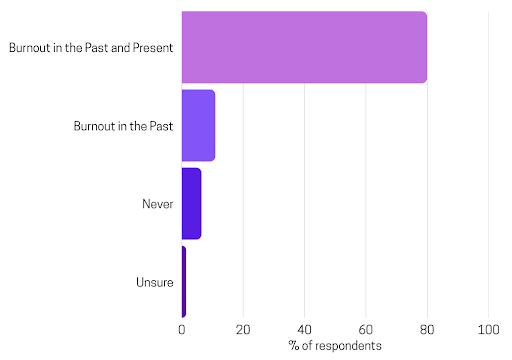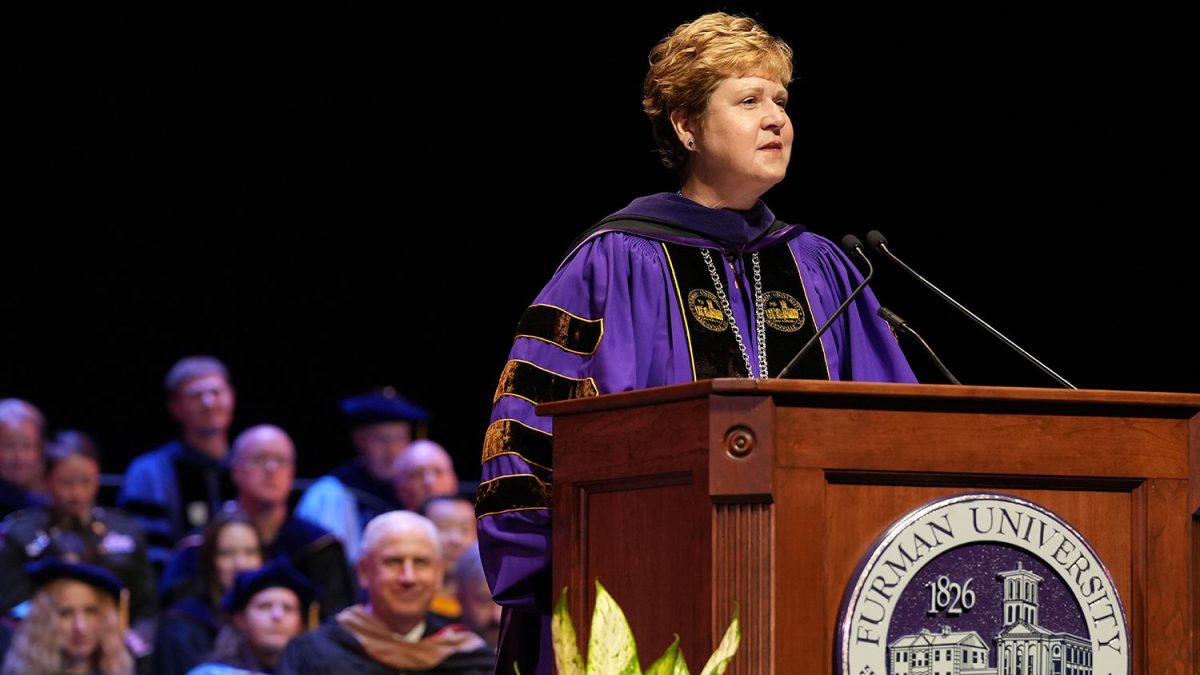The Student Government Association (SGA) has purchased a new organization management software to replace the conferencing feature within FirstClass. Called OrgSync, the online software will help student groups promote themselves, plan events and communicate with members by utilizing a Web 2.0, user-driven interface similar to Facebook and other social media sites.
Each on campus organization that registers with SGA will receive their own page within OrgSync, and each student will have an account which they can use to follow organizations that they are a part of.
Organizational pages will include, among other features, a place to display information about the group, a message board where students can post comments, a members page displaying students in the group, and a calendar that synchronizes with other group calendars.
Group leaders will be able to use their organization’s page to send mass emails and text messages to members, poll students about events, and upload forms that members can then download. OrgSyncwill also host group websites that students create using templates included with the software.
“It’s just a very powerful tool,” said Scott Derrick, Director of Student Activities and the University Center.
Derrick, who also serves as advisor to SGA, began working with the 40th SGA council last spring to find a better way to manage student groups. Under the then current system, finding information about student groups, even basic information about group leaders and how to contact them, could be difficult if not impossible. The online student organization directory was hidden within a maze of hyperlinks and consisted of nothing more than an unadorned white page listing all the student groups and their often out of date contact information.
SGA will use OrgSync to track student groups and, possibly, to manage group budgets. If purchased, a financial module would allow organizations to seek reimbursement, make new money requests, and check their remaining budget through OrgSync.
Derrick and SGA considered three different organization management systems before settling onOrgSync. When the 41st SGA council convened at the end of the spring term, one of their first actions was to approve the the purchase of OrgSync using funds from the SGA budget. The total cost was $27,000 for a three year contract, a discount according to Derrick.
“It’s actually a steal,” he said.
OrgSync training sessions for group leaders took place on September 7 and 8, but the website will not be live until next week when the freshmen class uses OrgSync to conduct their primary elections on September 13. It will be the first test of the software’s voting module, a feature SGA hopes will replace the faulty voting system used in past years.
With SGA introducing OrgSync next week, Derrick says that the number one priority will be to make sure students use it.
“It’s not going to populate itself, he said. “Student organizations are going to have to know that it’s there and use it.”
SGA President Teddy Hess emphasized the same point.
“Student organizations would be stupid not to [use OrgSync]” he said.
Students will not have much time to transition to OrgSync. According to Derrick, Furman’s administration wants to replace FirstClass with a new email client next semester. While the university has not yet chosen a replacement client, all the options they are considering lack a forum feature comparable to the one on First Class.




































